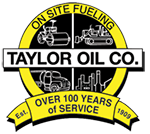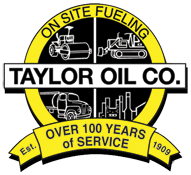Cleaner Fuels: What to Expect
Cleaner Fuels: What to Expect - As we progress through 2021, the hope is that the use of biodiesel continues to rise. Did you know? 88% lower than ULSD, a cleaner-burning diesel fuel containing less than 97 percent less sulfur than low-sulfur diesel (LSD). 85% lower than CNG (compressed natural gas). This is a fuel gas that is made from natural gas and comprised mostly of methane. 65% lower than an EV (electric vehicle) Biodiesel is something that can make a big impact immediately. The best part about biodiesel is that it doesn’t need updates to equipment or infrastructure. Rather, the biodiesel blends are simple drop-in fuels. Supply is strong enough to meet demands all across the country. Did you know that biodiesel has seen a 600 percent increase in consumption in the last decade? New Ways of Using Biodiesel Biodiesel is getting used in more innovative ways as more fleets try it out. The exploration of higher blends will continue to happen, too. It used to be that B20 (20% biodiesel, 80% ULSD) blends were the gold standard; well now, they’re going even higher, up to B100. In fact, B100 pilots are faring well, even in cold climates. There [...]


